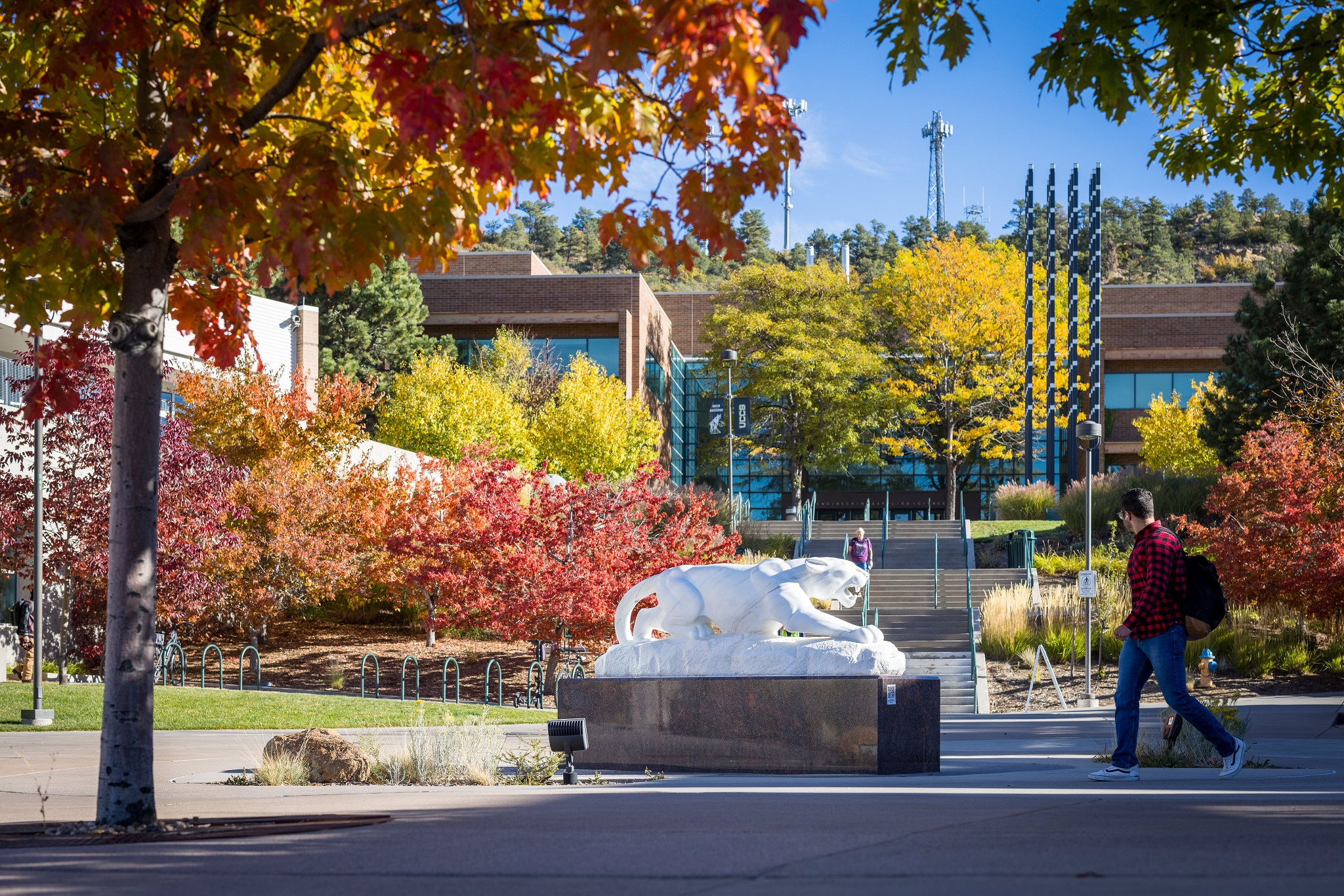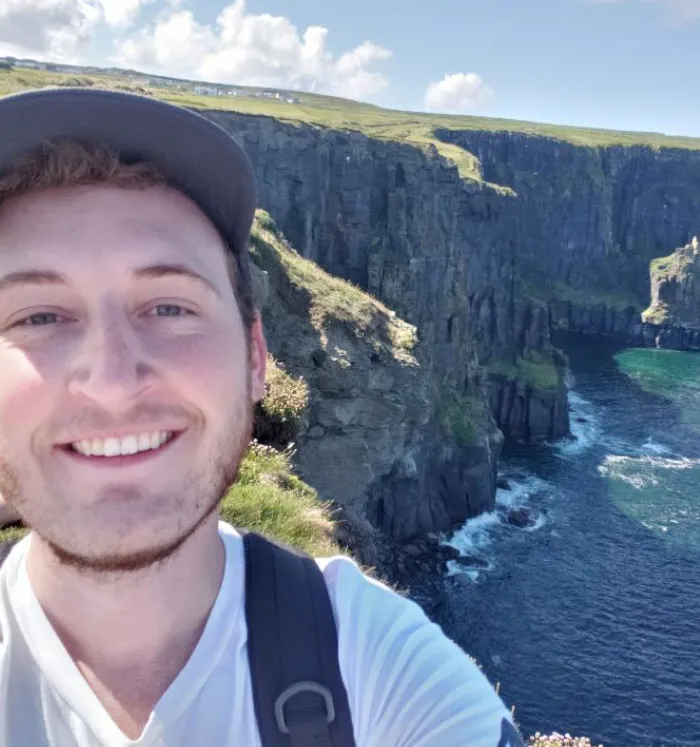

Overview
Name:
Luke Petersen
Major/Minor:
Geography and Environmental Studies
Graduation Year:
May 2020
Internship Project:
National Wildlife Federation | Wildlife Habitat Certification | Bat Habitat
Project goals:
Follow the National Wildlife Foundation’s guidelines to provide a wildlife habitat in the Sustainability Demonstration House’s Yard, specifically native bats
Research and implement effective ways to improve the yard as a habitat for wildlife including: food and water sources, cover for wildlife to seek shelter, places for wildlife to raise young, and on-going sustainable practices for maintaining the wildlife garden
Increase the community’s awareness of the threat of dwindling habitat of many species and encourage the community to follow the guidelines provided by the National Wildlife Foundation to help promote a healthy habitat
Provide tangible ways on- and off-campus community members can provide wildlife habitats in their own yards
Short project description:
The main focus of this project was to help create a more sustainable interaction between humans and the environment with an emphasis on bats. Following Green Action Funding, a bat house, as well as a water source, were implemented onto the property of the Sustainability Demonstration House to encourage wildlife to thrive. The main objective is to accommodate the many forms of wildlife that often get encroached upon by human activity. Through this project, the establishment of a water source, wildlife cover, and a place to raise young have been accomplished.
What is your favorite part of the Internship program:
One of the many great things about working on this internship was the experience. Not only the experience in an office type environment, but the overall experience of seeing that one can actually make a difference. I also very much enjoyed learning about bats and how little they are thought about in modern society. Often attributed to the terms dirty and scary, these furry flyers are crucial to ecosystems as they help pollinate, fertilize and keep those pesky mosquitoes at bay.